Safety screens are a vital component of any hydraulic, fuel, lubrication, or pneumatic system in the aerospace and defense industry. While filters maintain fluid cleanliness, rogue contamination and debris left in the system during production or generated during operation may still result in sudden failure.
The Lee Company offers a huge variety of standard designs spanning a wide range of sizes, materials, retention methods, filtration ratings, and even technology. In fact, The Lee Company is the original inventor of drilled screen technology that has provided the industry with a robust, cost-effective, and easily customizable design that withstands burst pressures up to 7500 psid.
Over 50% of safety screens manufactured by The Lee Company are special products designed to meet the requirements of a specific application. Our capabilities far exceed our standard product line, including, for example, drilled hole sizes between 25 micron and 1500 micron, a wide variety of materials, higher burst and collapse pressure ratings, or unique envelopes optimized for high flow capacity, custom mounting, or integrated bypass mechanisms.
Not only has The Lee Company created a market-leading product family of safety screens to mitigate this issue, but we’ve also created a simple system for comparing safety screens to one another. Resistance to Blockage (ROB) relates, without complex analysis or elaborate testing, the roles that hole size and the number of holes in a screen serve in overall performance.
| Standard Installation Configurations | |
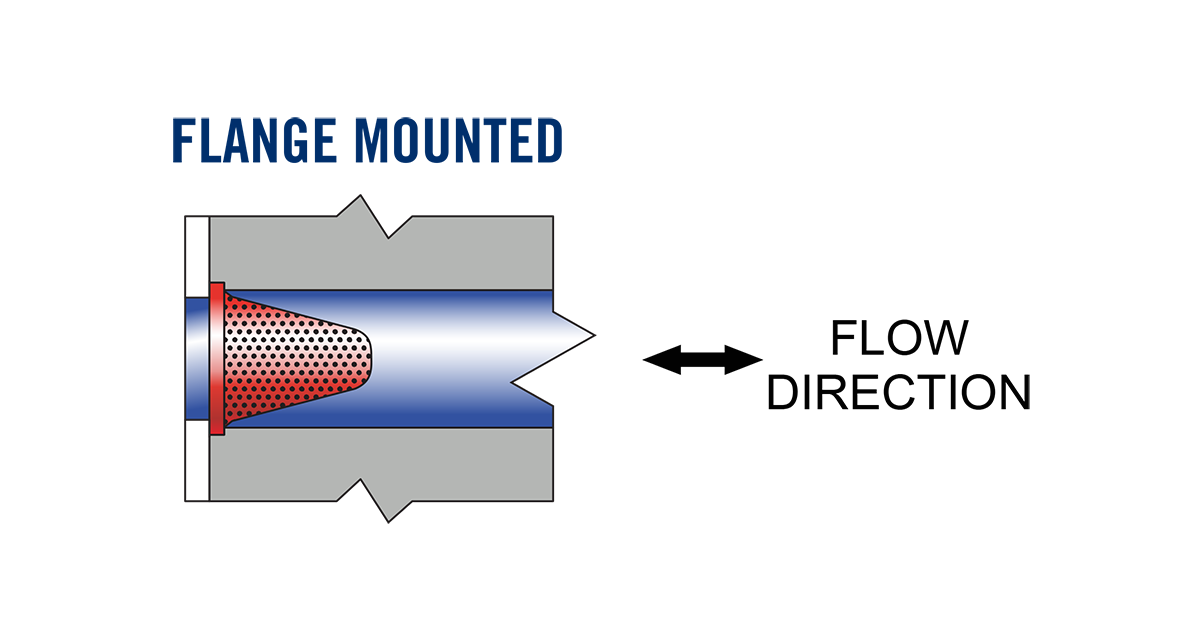 |
Flange Mounting is perhaps the most common installation technique as it is simple and economical. |
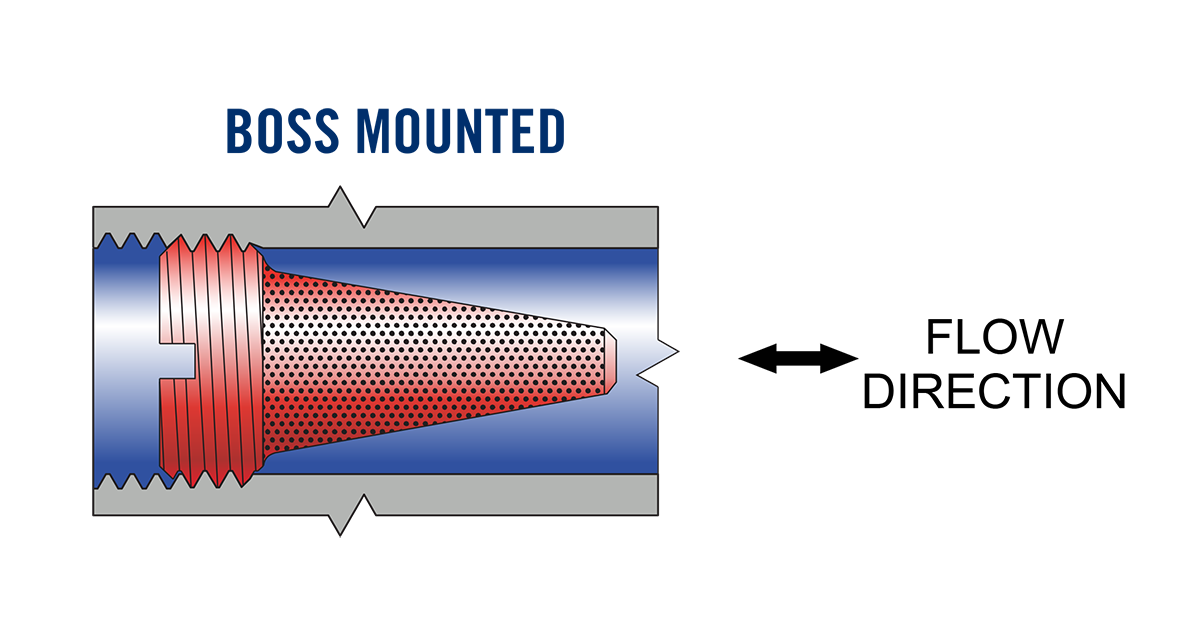 |
Boss Mounting involves a threaded installation method that permits easy removal for maintenance. Some form of anti-rotation locking is recommended. |
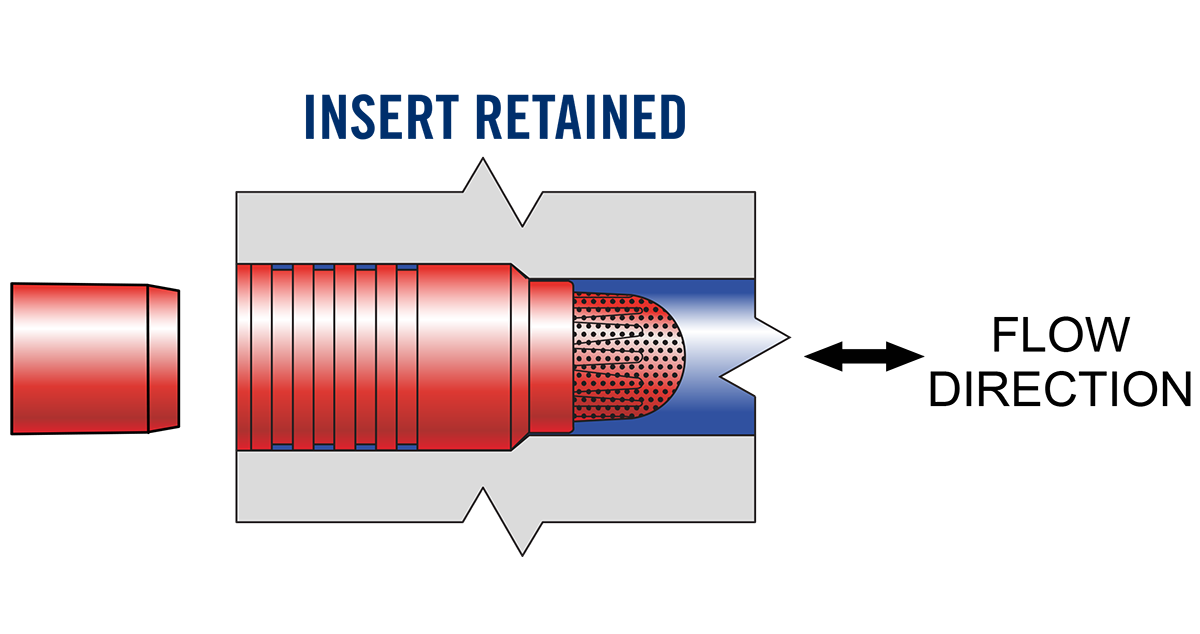 |
Insert Retention utilizes the proven Lee Insert Principle. This technique is ideal for simple installation directly into a fluid passageway. |
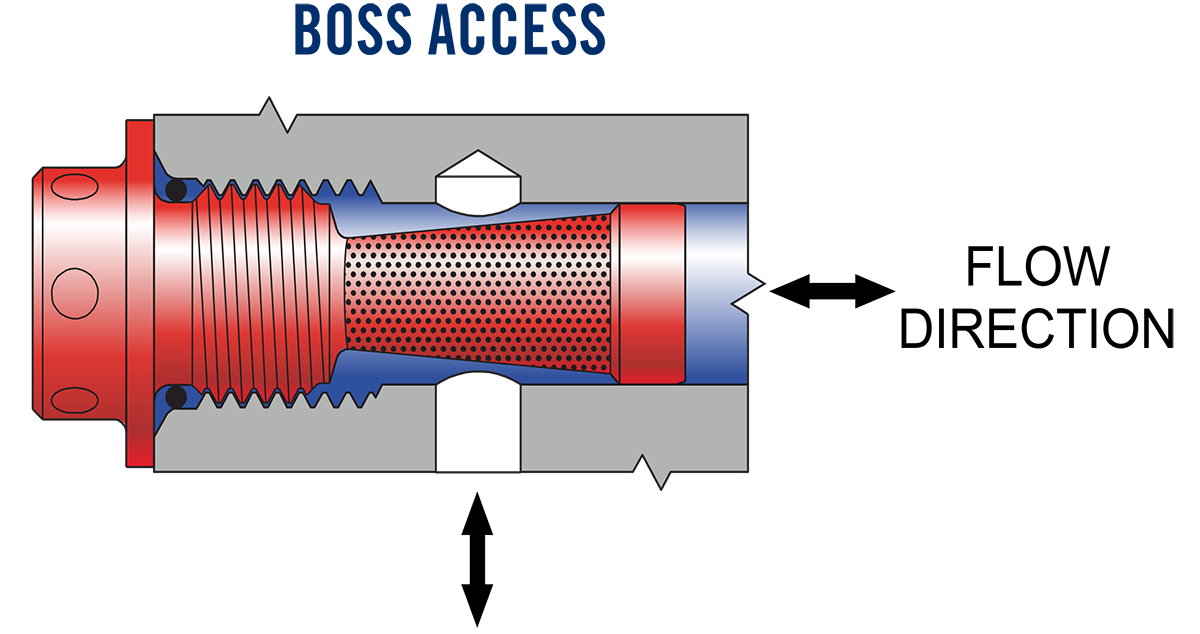 |
Boss access is a convenient mounting technique that permits easy removal for cleaning or inspection. |
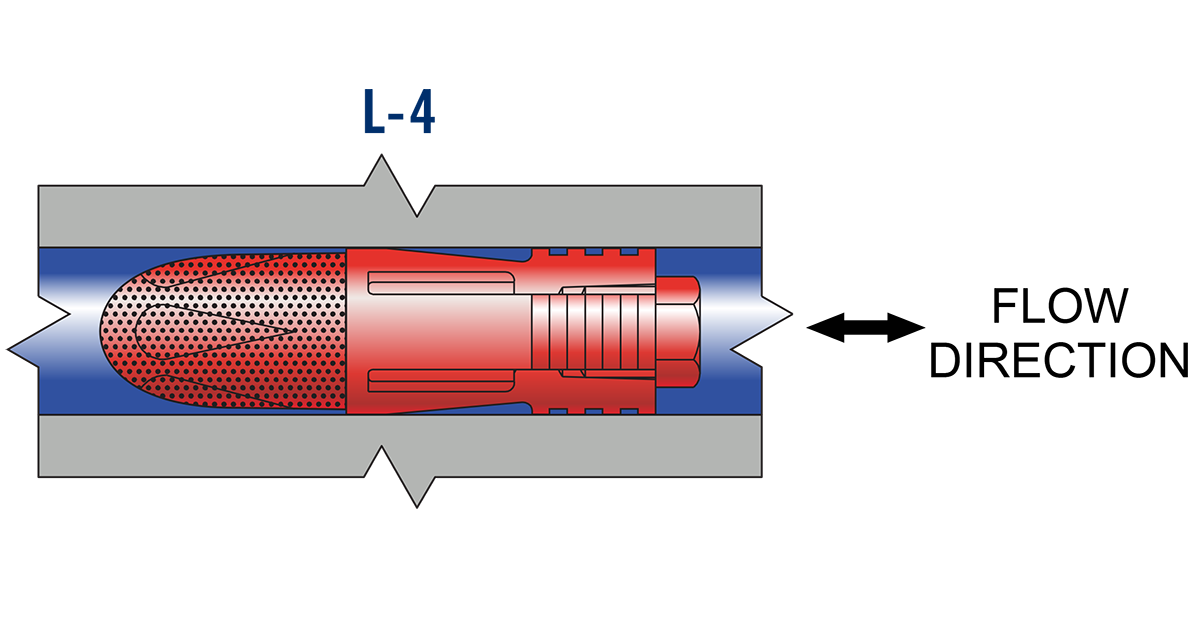 |
L-4 installation features three locking fingers that are expanded outward, locking the screen in a fluid passageway. The L-4 technique permits easy removal for inspection or cleaning. This is ideal for creating bidirectional flow. |
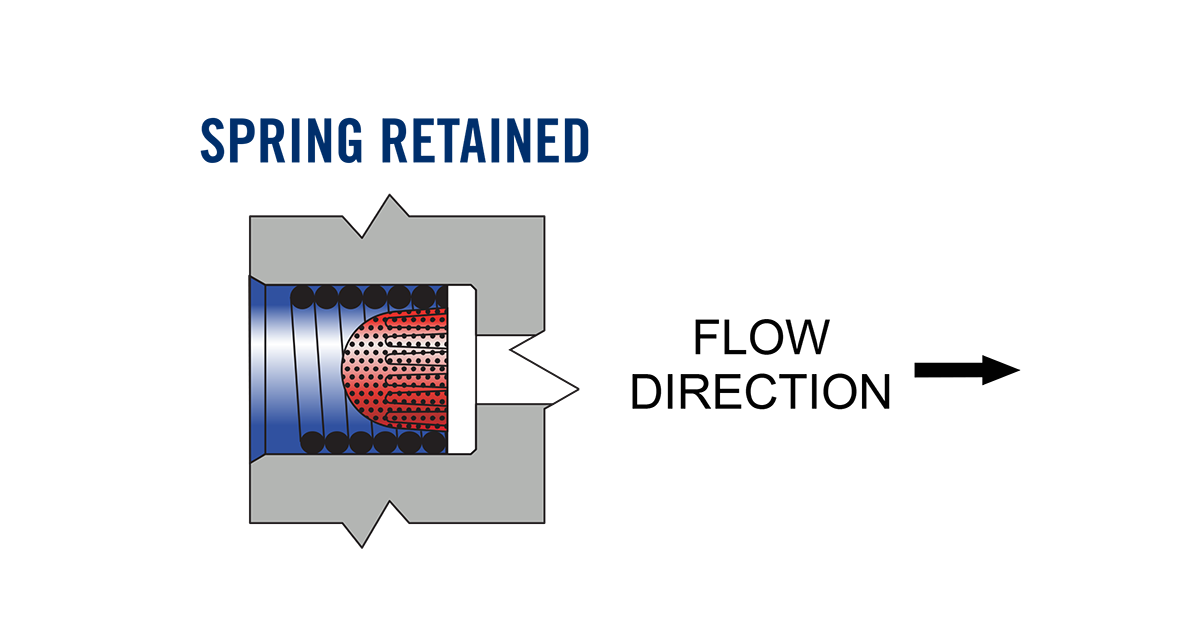 |
Spring-Retained installation is an inexpensive mounting technique suitable for unidirectional flow in applications requiring burst pressures below 500 psid. The spring O.D. is slightly larger than the I.D. of the mounting hole. A special tool is used to twist the spring into the hole. |
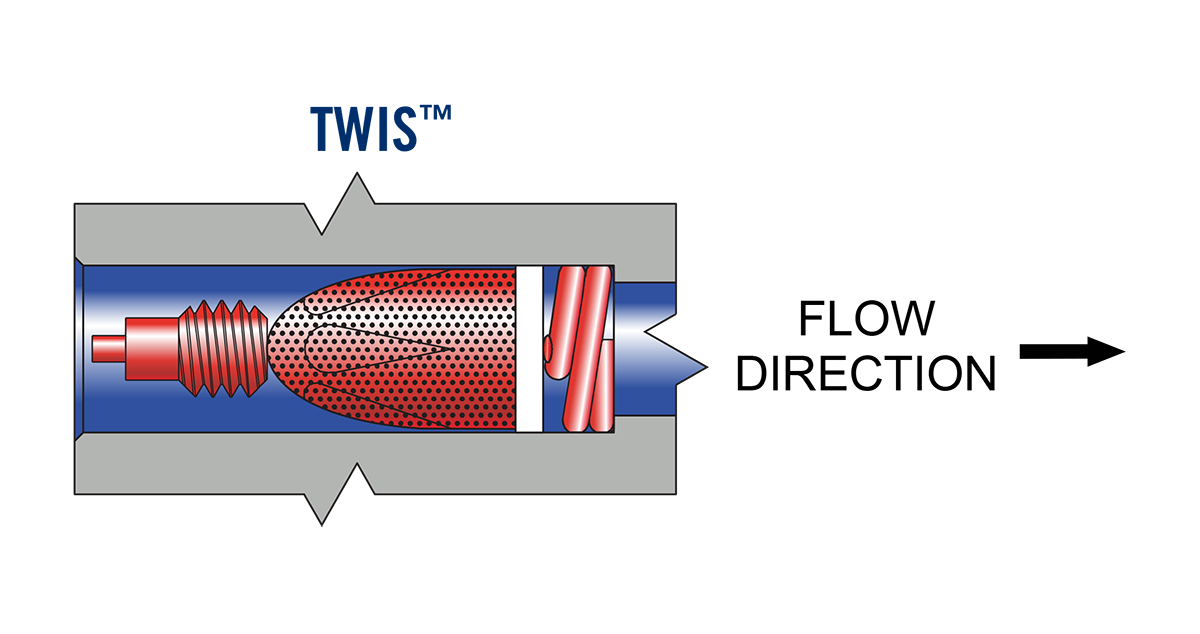 |
TWIS™ installation is designed for low pressure applications and provides unidirectional flow. The screen is readily twisted in or out of the bore for inspection or cleaning. |
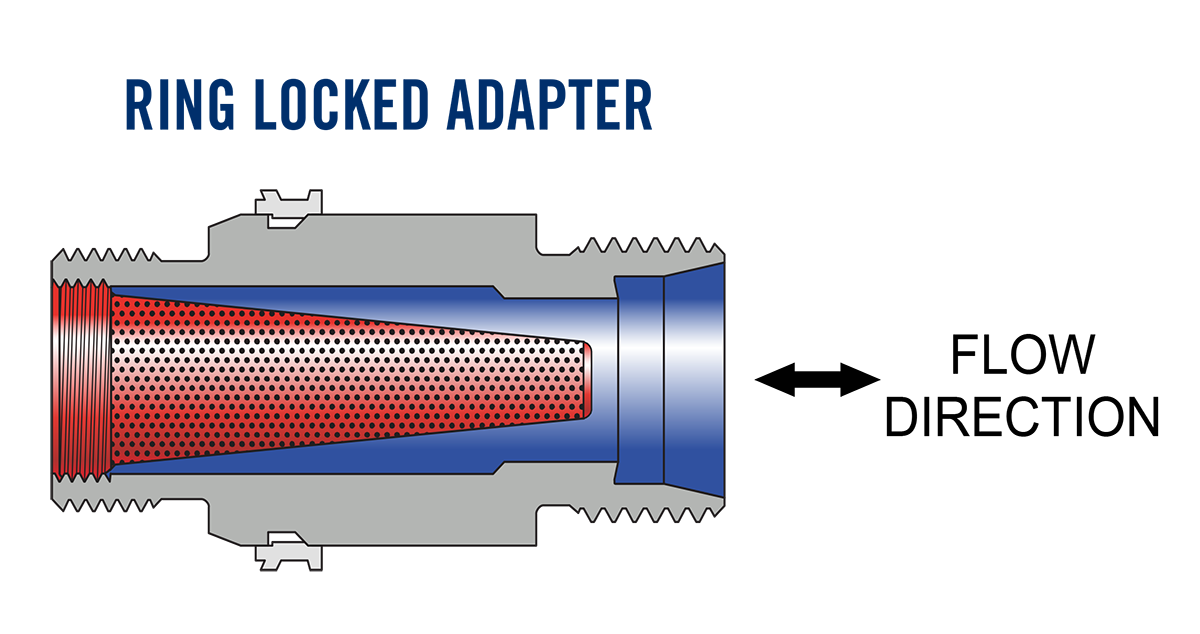 |
HI-BAR® Screens in Adapters are often used as inlet screens to actuators, optimizing space and weight. These adapters are available in AS-straight thread and ring locked styles complete from The Lee Company. |
Partner with The Lee Company and get much more than just a supplier of top-quality fluid control products. Our reliable technical support team is available every step of the way to help you find solutions, maximize productivity, and drive efficiency across your operations. Check out these aerospace and defense-specific resources to learn more.
Always verify flow calculations by experiment.
*There are many parameters to consider when determining V-Factor. Click here for more information.